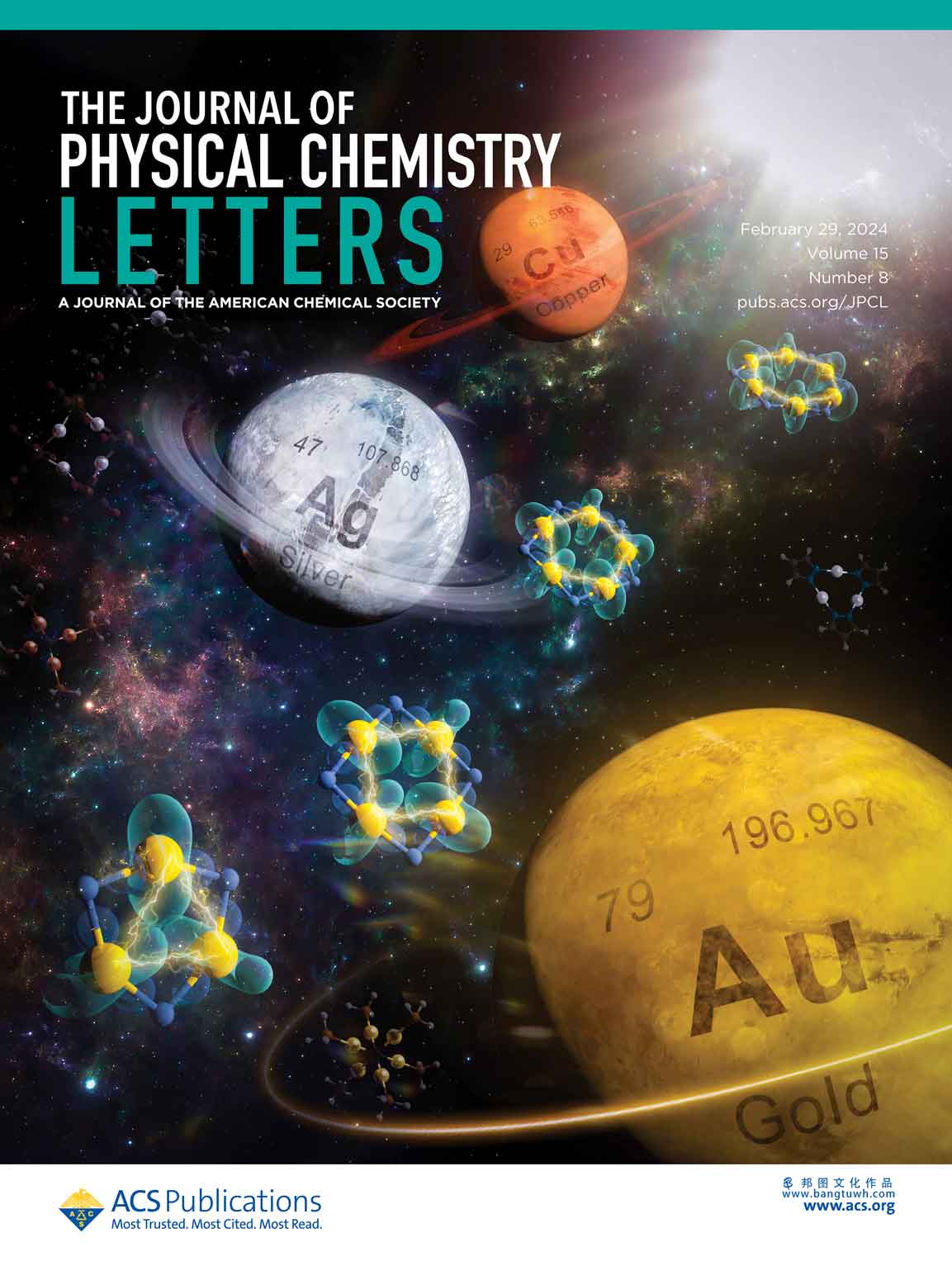科研绘图sci画图作图学术杂志封面设计toc示意图文章配图医学动画





metallophilicity has been widely considered to be the driving force for self-assembly of closed-shell d10 metal complexes, but this view has been challenged by recent studies showing that metallophilicity in linear d10–d10 dimers is repulsive. this is due to strong metal–metal (m–m′) pauli repulsion (wan, q., proc. natl. acad. sci. u. s. a. 2021, 118, e2019265118). here, we study m–m′ pauli repulsion in d10 metal clusters. our results show that m–m′ pauli repulsion in d10 polynuclear clusters is 6–52% weaker than in similar linear d10 complexes due to the anisotropic shape of (n 1)s–nd hybridized orbitals. the overall m–m′ interactions in closed-shell d10 polynuclear metal clusters remain repulsive. the effects of coordination geometry, relativistic effects, and the ligand’s electronegativity on m–m′ pauli repulsion in polynuclear d10 clusters have been explored. these findings provide valuable guidance for the design and development of ligands and coordination geometries that alleviate m–m′ pauli repulsion in d10 metal cluster systems.



微信扫一扫,加设计师好友
17621261539
周一至周五8:30-18:00

提升“研值”

工作人员将在1个小时内联系您。


